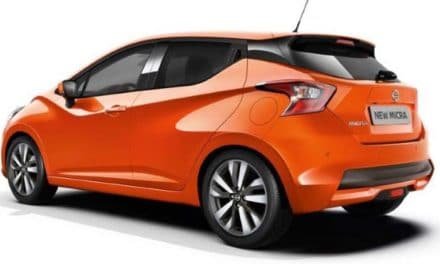Choosing a used car is a challenging task. And it requires not only a careful approach but also specific knowledge. And now about everything in its turn.
First of all, choose verified sites and sellers like Rollsauto.com. Start by checking the documents. First, check the body and engine numbers to the numbers indicated in the vehicles’ documents. Then check the data specified in the technical passport – the date of registration and the year of manufacture with the marking on the car.
Make an inspection of the body
It is better if the car body is clean since minor defects in the paintwork may be hidden behind the dirt. To inspect the car, you need to stand along one of the sides and sit down at the level of the body’s waistline to scrutinize the coating. If any bodywork has been carried out, then they will be noticeable. Next, inspect the roof, hood, and trunk according to a similar principle.
The doors of the car will be able to tell you about the geometry of the body. Close and open them, applying the same force to them. If the sound is different when closing the doors, and it takes more or less effort to close/open one of the doors, then you should consider the possibility that the geometry of the body is broken.
Check the suspension and brakes
Pay attention to the tires. If there is uneven wear on them, this indicates that there are problems with the suspension’s geometry. Pay special attention to shock absorbers. You can check them in the following way: swing the car alternately from four sides. The body should stop rocking already at 2-3 rocking. If the car continues to swing, the shock absorbers need to be changed.
Look at the condition of the braking system. In general, if the car brakes confidently on the road, then you can skip this step. Although it should be noted that the thickness of the discs should be over 11 mm, and the thickness of the pads on the pads should reach at least 5 mm. If there is a noticeable rim on the disks with the naked eye, this means that the car has travelled over 100 thousand kilometres. The steering wheel should have no backlash.
Inspect the engine
Now move on to checking all connections. Of course, there should be no traces of oil stains on them. Also, remember to check the fuel line and inspect the cooling system hoses. Carefully check the oil on the dipstick for soot or metal particles in it. If they are present, this indicates the replacement of the crankshaft liner. Inspect the radiator.
Make sure that there are no rust and oil traces in the coolant. Their presence near the radiator cap may be caused by overheating of the motor. Now inspect the filler neck for oil. Check the cover. It should be clean without a dark coating. If there is a plaque, it means that there are violations in the operation of the lubrication system.
Starting the engine
Start the engine, and with the ignition turned on, see which sensors with light bulbs worked and which did not. Also, check the condition of the engine on the dashboard: the battery charging and oil pressure indicators should go out on it.
Listen to the sound of a running motor. It should work at idle speed steadily with a slight vibration. If a knock is heard when the motor is running, this indicates the presence of a serious breakdown.
Checking the car in motion
To begin with, pay attention to the effort with which you switch gears. The lever should move quickly and without much effort. In addition, it must be clearly fixed on the selected gear. Finally, stop on the ascent and check the parking brake.
Also, check the automatic transmission performance on a flat road surface. First, switch the transmission lever to the “D” position. Then squeeze the brake pedal with one foot, and sharply squeeze the gas pedal. If the car immediately stalls, the automatic transmission is working correctly.
Check the brake system. Accelerate and sharply squeeze the brake pedal. Now get out of the car and see if there are any tread marks on the road. Please note that they must match the length of the braking distance. And also the car should not lead away.
Why is there so much?
There were really a lot of checks. But this is inevitable if you want to buy a legally clean and technically sound car. Therefore, you should not shorten this list of operations if you plan to drive a purchased car for a long time and without problems. On the other hand, it’s worth spending time and effort on this – after all, you get a large, technically complex, and expensive thing.















